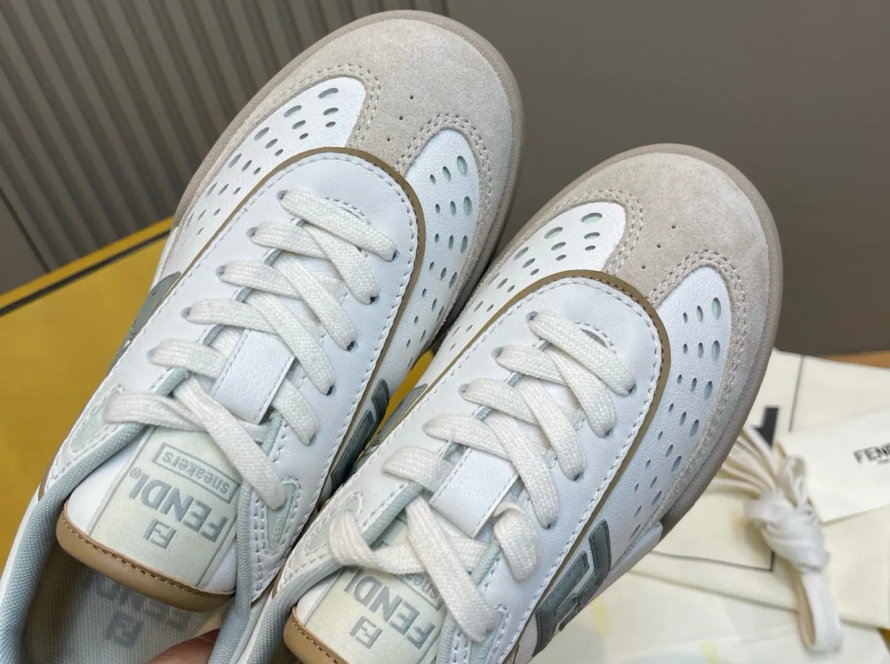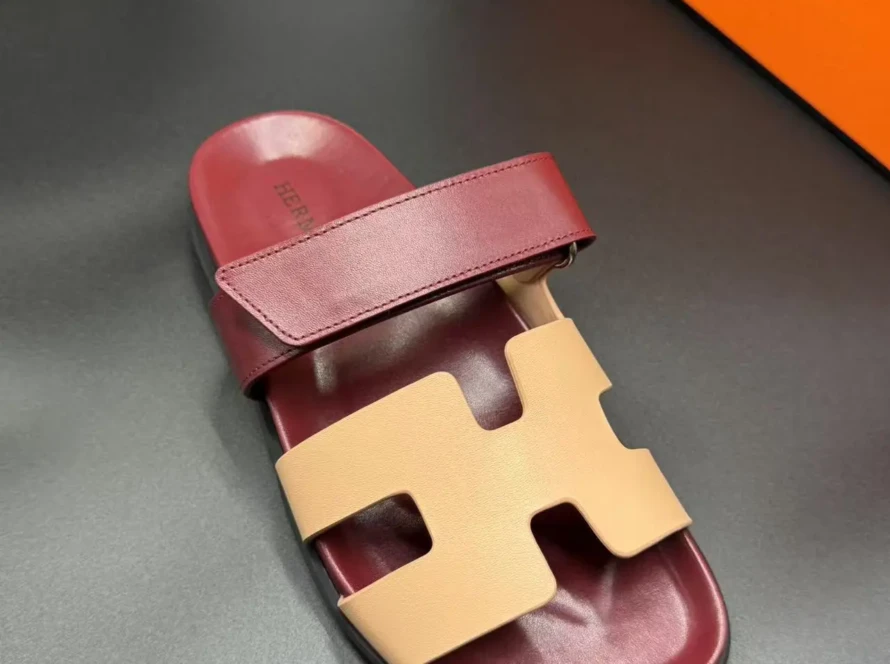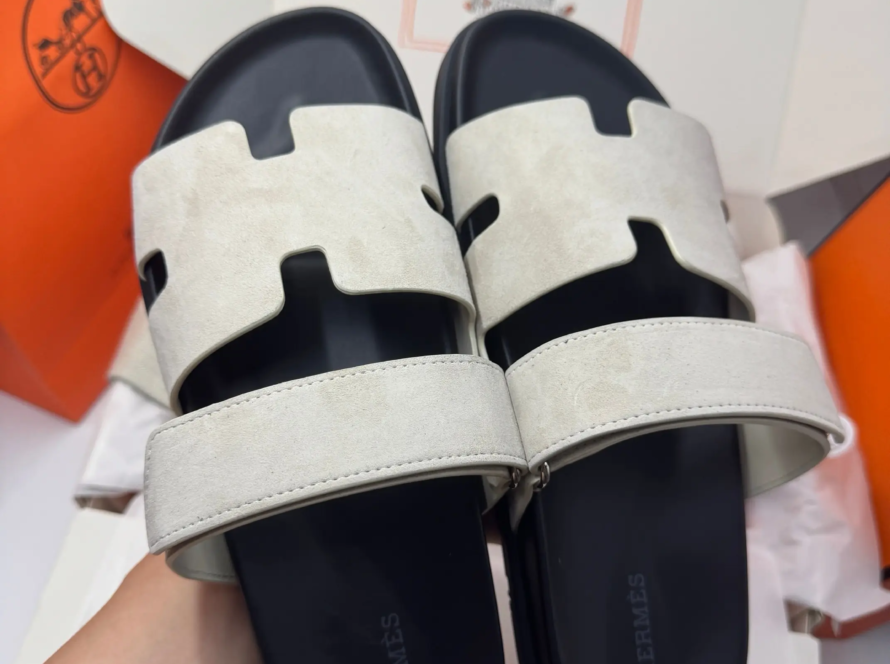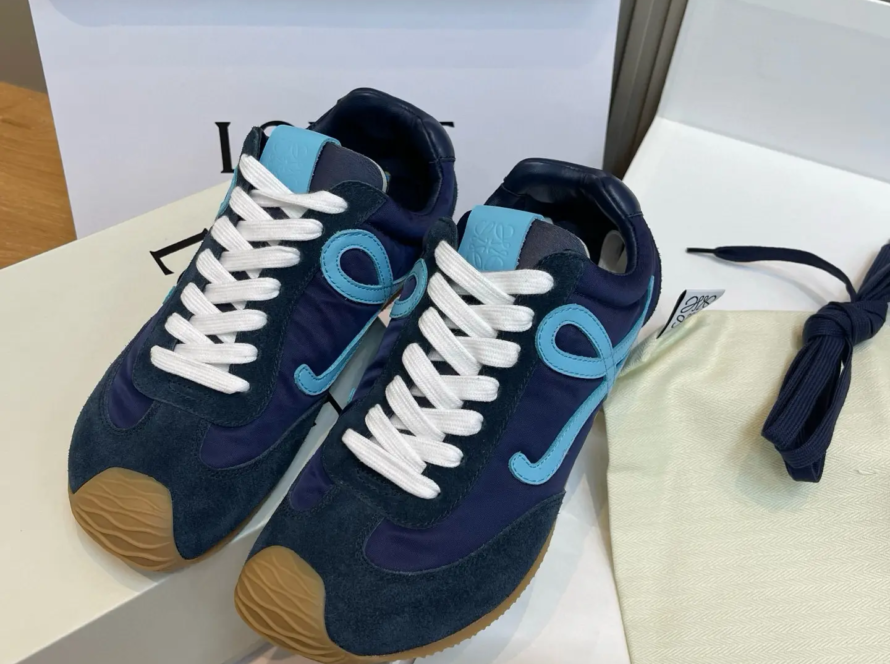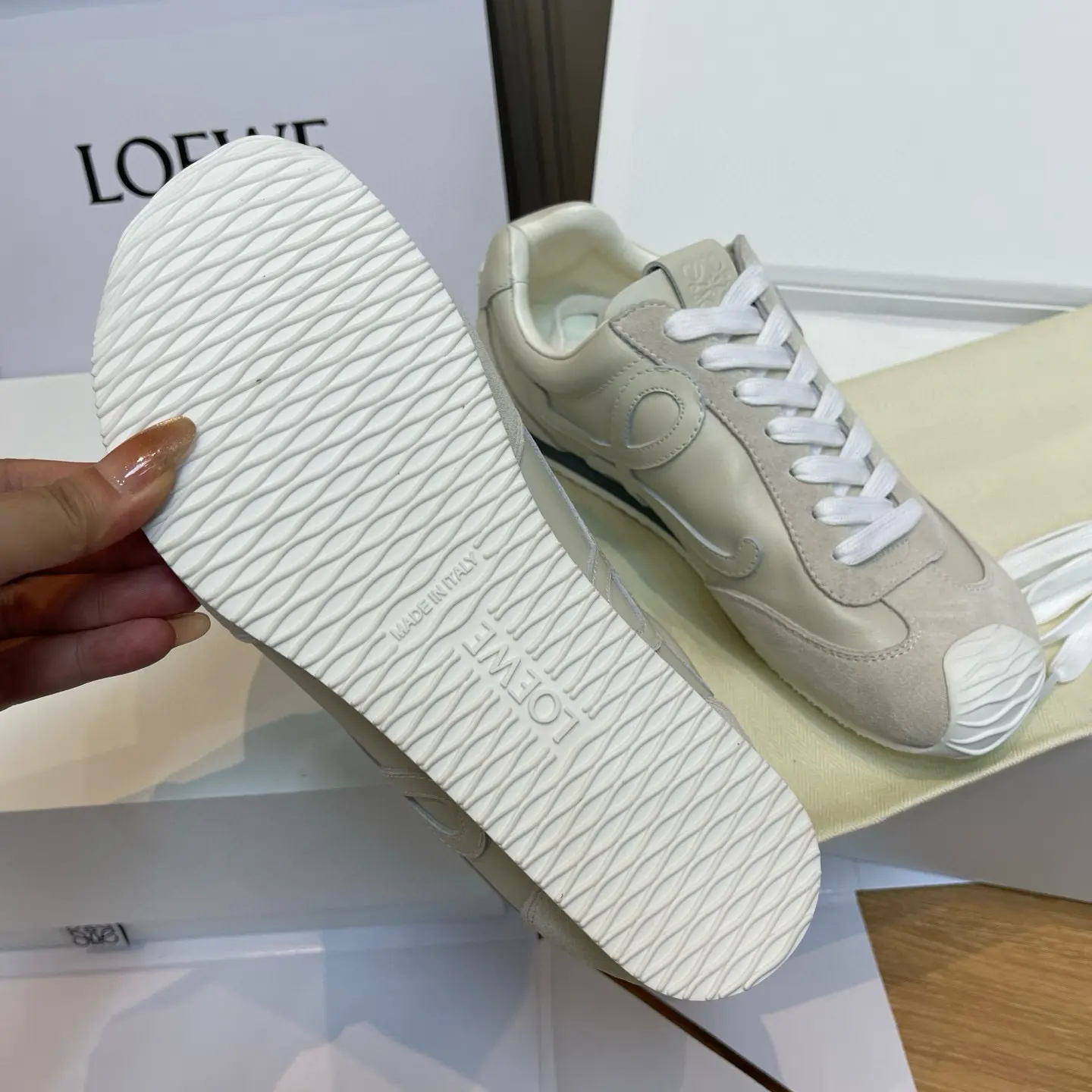
Leather shoes are the epitome of exquisite craftsmanshipthe cornerstone of a luxury wardrobe that exudes timeless elegance. However, that unique squeak Every step you take instantly diminishes their sophistication—a feeling that’s especially annoying when you’ve purchased a pair of custom Tod’s loafers, a pair of Santoni oxfords, or custom-made John Lobbs. For discerning collectors and connoisseurs, solving this problem is not just about comfort; This is to safeguard the integrity of your investment.
Causes of squeaking in leather shoes include friction between internal components and environmental factors that affect the structure of the shoe. Here we reveal Professional, non-invasive solutions Designed specifically for high-end footwear, ensuring your prized possessions stay quiet without sacrificing their appearance or value.
Learn the science behind squeaks
Before applying the fix, diagnose the source:
- friction point: Squeaking is often caused by friction between the insole, midsole, and outsole, especially in Goodyear welt construction.
- moisture intrusion: Leather is hygroscopic. Moisture trapped between layers can create viscous separation, causing noise.
- New shoe hardness: Untreated leather soles or stiff heel counters may squeak before they are properly broken in.
- structural separation: Luxury shoes with cork insoles may develop gaps over time as the material compresses.
For handmade shoes, avoid amateur techniques like WD-40 or dish soap. Instead, prioritize methods that meet luxury standards of care.
1. Use ultra-fine powder to eliminate friction
most suitable: Squeaking sounds near the soles of the feet or tongue area.
- Baby powder or talc-free cornstarch: Lightly dust under removable insole or along seams. The powder absorbs moisture and reduces wear between leather layers.
⚠️ warn: Use with caution – too much may clump and damage the delicate leather lining.
For tips: For non-removable insoles, inject powder through the nozzle applicator and bend the shoe to distribute the powder evenly.
2. Adjust softness
most suitable: The sole or upper of the shoe is stiff and hinders movement.
Leather’s natural oils become depleted over time, causing hard spots to develop. Apply for one pH Neutral Leather Conditioner (e.g. Saphir Médaille d’Or or Bickmore Bick 4) to the edge of the outsole and insole. Let absorb overnight, then buff with a horsehair brush. This restores flexibility and eliminates noise in cracked or dry areas.
Suitable for Shell cordovan leather: Use special Cordoba cream to avoid whitening.
3. Isolation insoles
most suitable: Continuous squeaking sound coming from deep inside the shoe.
Friction between layers of leather usually originates from underneath the footbed.
- Remove the insole (if possible) and place a Thin felt pad between it and the midsole. Luxury shoe manufacturers like Berluti often include spare microfiber pads with custom orders.
- choose: Medical grade moleskin cut to size for a non-slip barrier.
4. Accurately solve moisture problems
most suitable: Humid climate or shoes not rotated.
- Silicone bag: Store shoes with these items to wick away moisture.
- cedar shoe trees: Absorbs 20-30% of indoor moisture overnight while maintaining shape. Replace every 6 months for best results.
- Rotate shoes: Requires 48 hours of rest between wears to allow complete drying.
5. Heating and resetting soles
most suitable: Separated leather outsole.
It is common to have slight gaps between layers after digestion.
- hair dryer technology: Press the sole of the shoe over low heat (10-15 seconds) while pressing firmly. Warmth will reactivate the natural adhesive.
- Professional restoration:Visit a traditional shoemaker Focus on luxury brands. They can use a fine syringe to inject a neutral adhesive between layers.
6. Strategic entry
most suitable: New shoes with hard soles.
Accelerates the natural forming process without deformation:
- Wearing shoes indoors for short periods of time Merino wool socks (They wick away moisture and reduce friction).
- Apply Leather stretch spray Pressure points (never use silicone products as they can degrade leather).
Conclusion: The Complexity of Staying Silent
Squeaking is not an indictment of quality—even the best Edward Green or Gaziano & Girling shoes can produce a squeak. The important thing is to solve the problem correctly. By prioritizing methods that respect the integrity of handmade leathers, you can preserve their elegant acoustics and their value as heirlooms.
For rare or limited edition pieces, Consult the original factory first. Brands like Crockett & Jones or Carmina often offer free maintenance to their customers. Remember: Silent footsteps are the ultimate sign of sophistication.
FAQs: Expert answers for discerning homeowners
Q1. Are these methods suitable for exotic leathers such as crocodile or stingray?
A: Yes, but there are some caveats. Exotic animals require gentler conditioning (for example, Saphir Reptan for reptiles). Avoid powder – choose cedar and control drying.
Q2. My squeaking only happened on the marble floor. Why?
Answer: Smooth surfaces amplify small frictional forces. Apply sole edge trimming to create micro-grip and reduce vibration.
Q3. Can a cobbler permanently fix squeaks?
Answer: Yes. experts like new york B. Nelson Shoe Repair Use techniques like cork refilling or re-tapping to eliminate noise at the source.
Q4. Is squeaking covered by your luxury shoe warranty?
Answer: Very rarely, unless related to structural defects. If the shoes are less than 6 months old, brands like Church’s may offer free evaluations.
Q5. Will stretching of shoes cause squeaking?
Answer: Excessive stretching will cause the glue layer to separate. Always use a professional stretcher with a precision mold.
Q6. Can rubber sole protectors prevent squeaking?
A: They may reduce noise on hard floors, but they can trap moisture. Choose Vibram Ultra-Thin Topys™ applied by experts.
Q7. Why does only the left shoe squeak?
Answer: An imbalanced gait creates uneven pressure. A podiatrist or custom shoemaker can evaluate and add orthotics.
Invest in silence. Your shoes and admirers will thank you.

